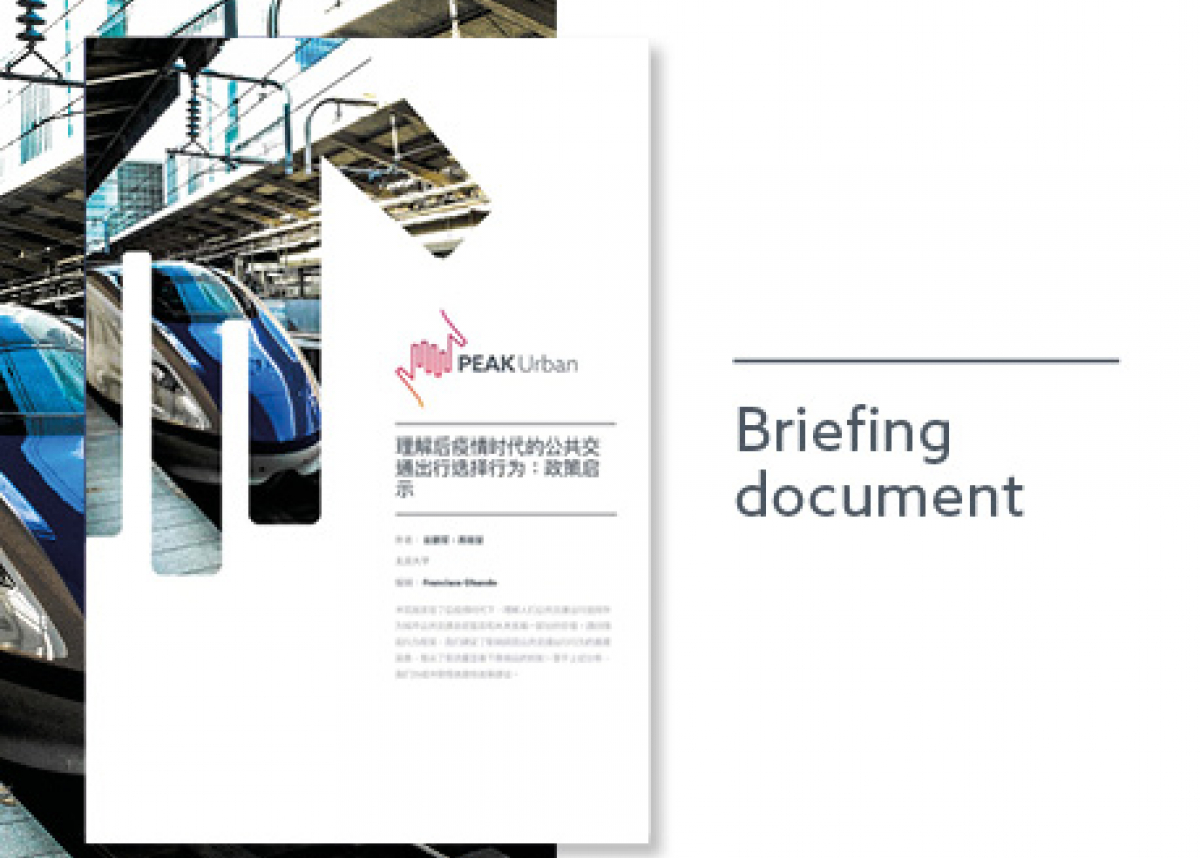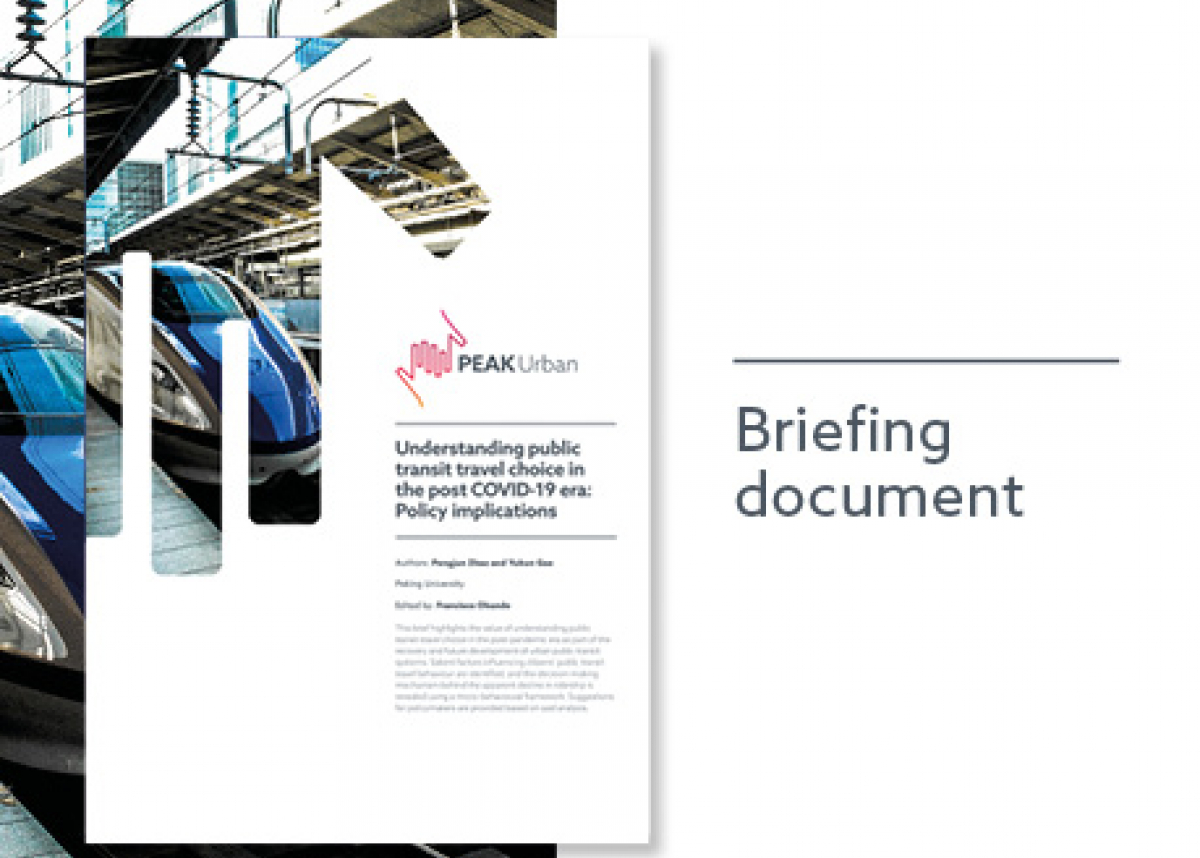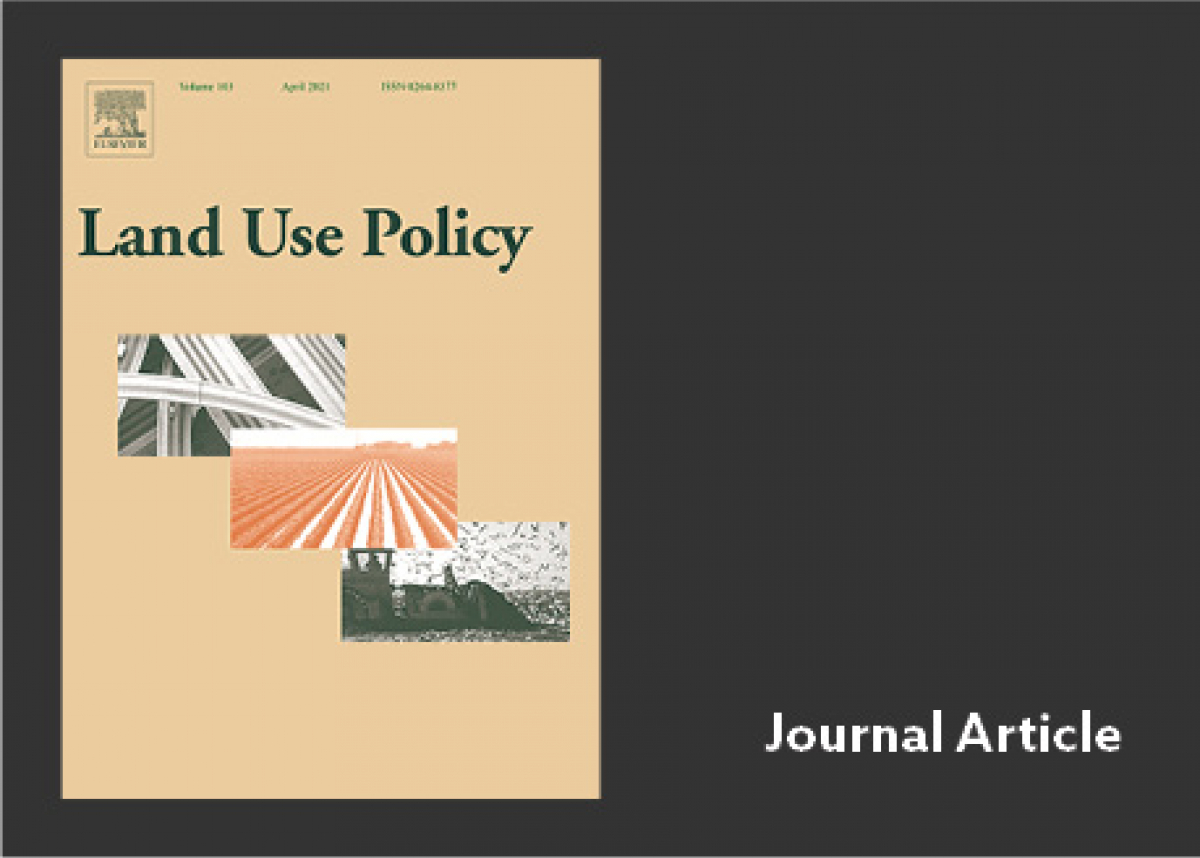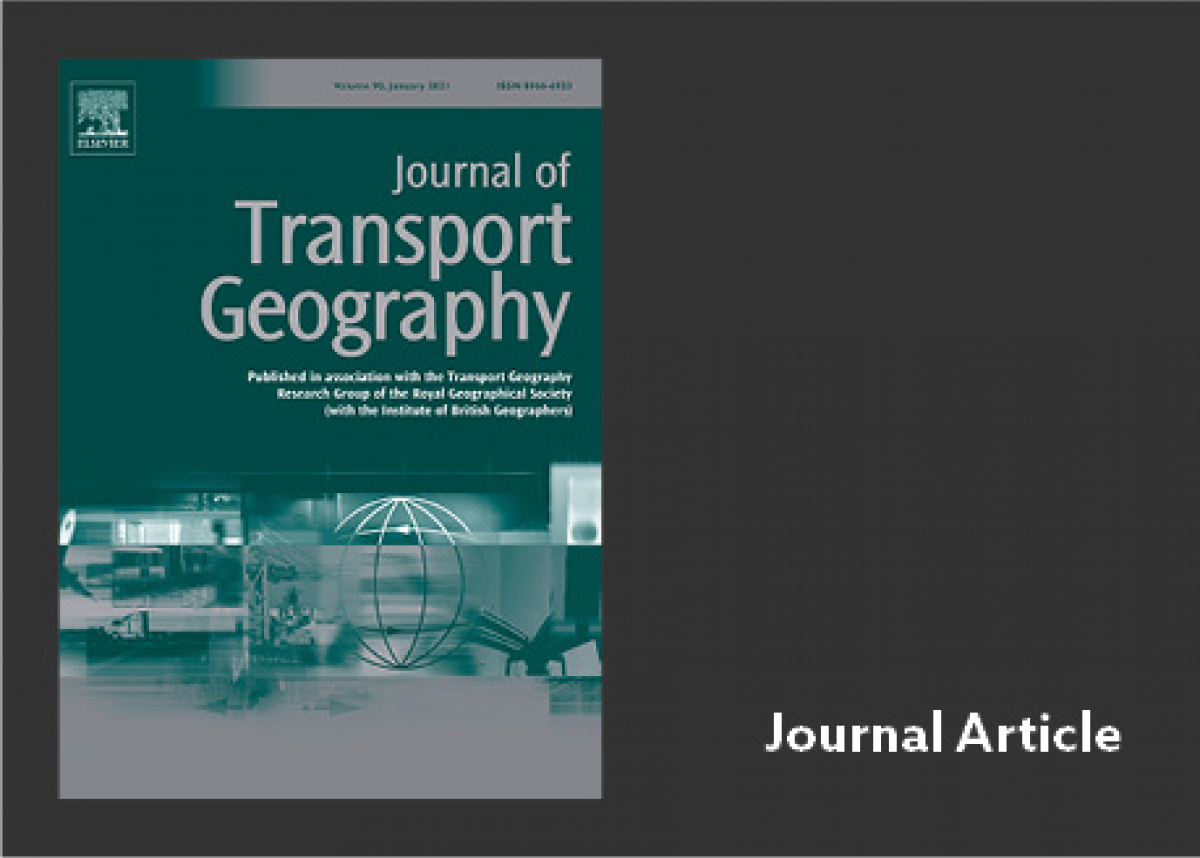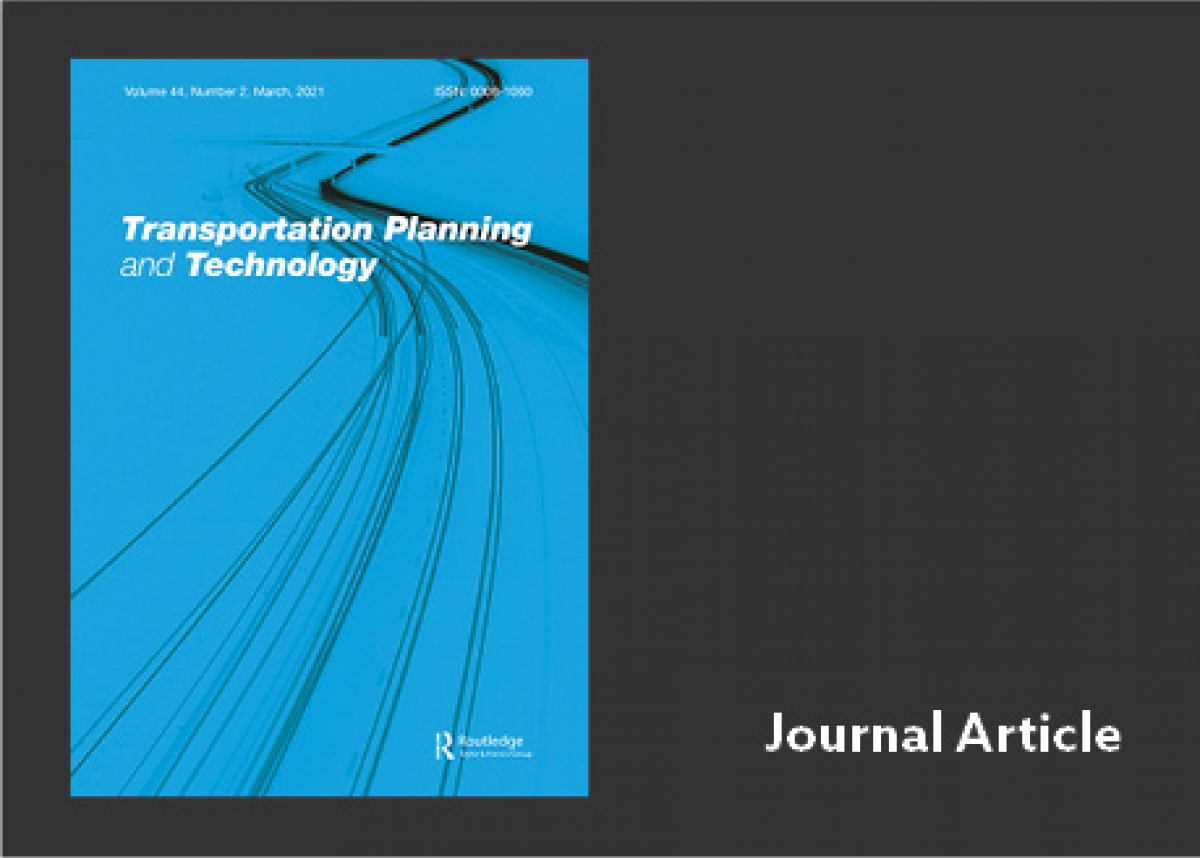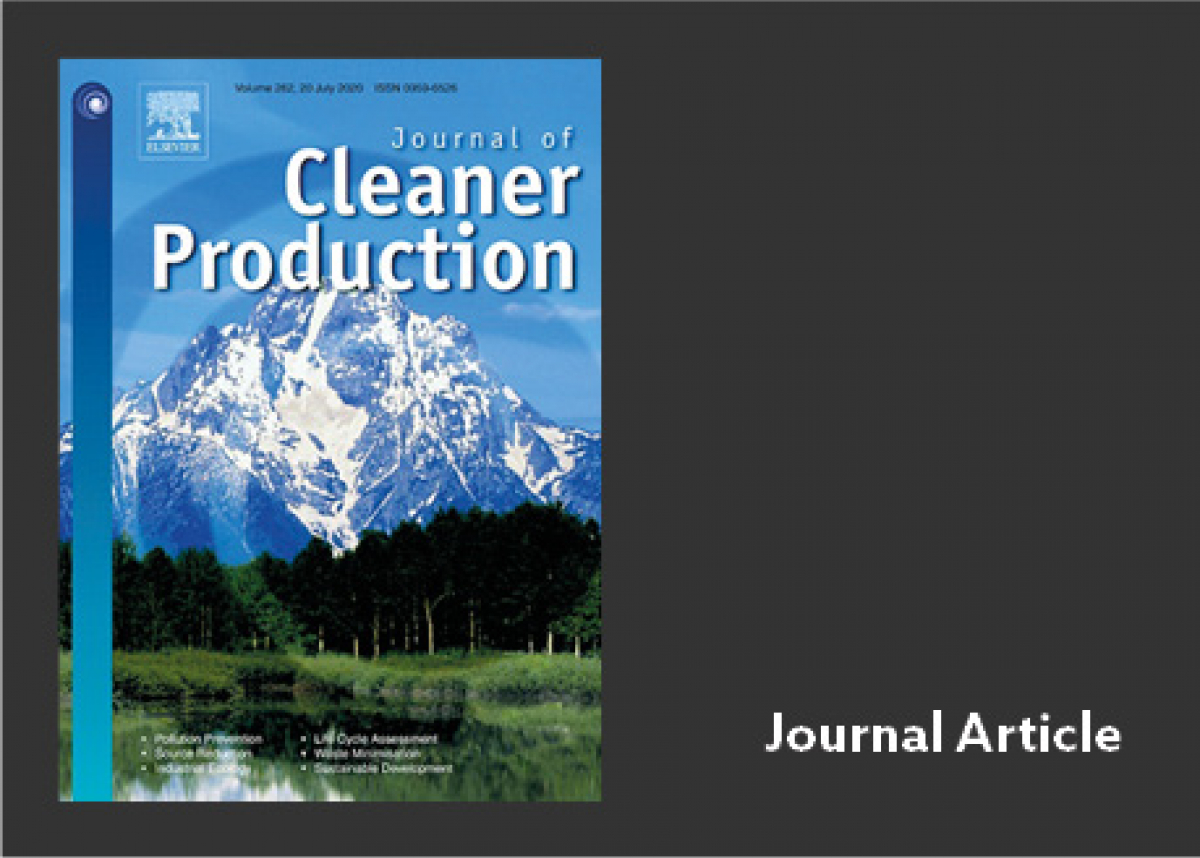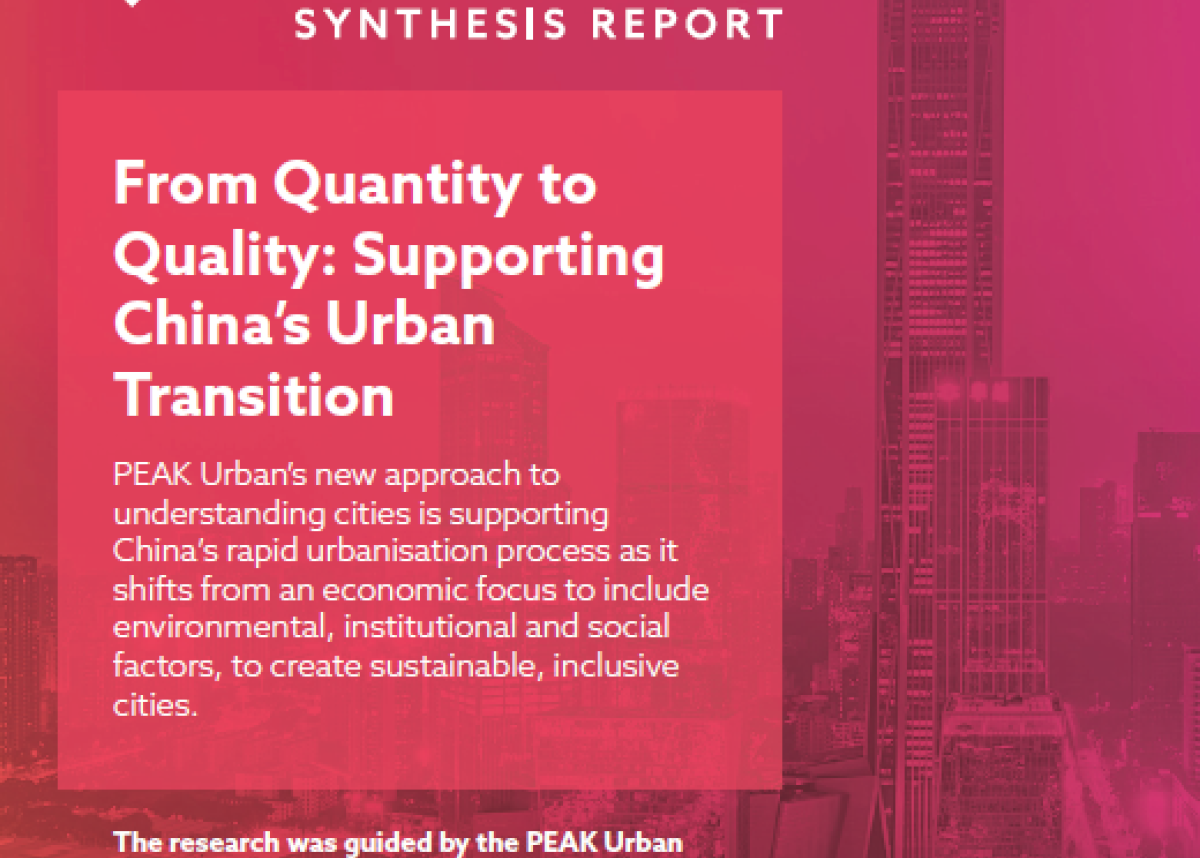
The River Chief System and River Pollution Control in China: A Case Study of Foshan
The river chief system (RCS) was implemented in Wuxi, China in 2007 for the control of eutrophication of Lake Tai.
In 2016, the RCS was eventually promoted throughout China to reinforce river and lake protection. The success of this new river management system is generally attributed to collaboration, accountability, and differentiation effects.
This research takes Foshan in the Pearl River Delta region as a case study to examine the feasibility and weaknesses in the implementation of the RCS. Prior to the formal adoption of RCS, a coordinating organization for river improvement undertaking was established in Foshan to overcome fragmentation in water management.
Compared with this practice, the new RCS can strengthen the collaboration of administrative authorities and establish a considerably sophisticated and effective management structure. Emphasis on evaluation and accountability mechanisms guarantees that management goals can be achieved.
However, similar to the previous one, the new system remains a temporary management practice and its outcomes depend partially on the commitment and capability of each river chief. The imperfect evaluation and accountability mechanism also weakens its long-term effectiveness in improving river water quality.
Therefore, some corresponding policy instruments are needed to ensure that RCS can be implemented smoothly.
